What was your first train set (or locomotive)?
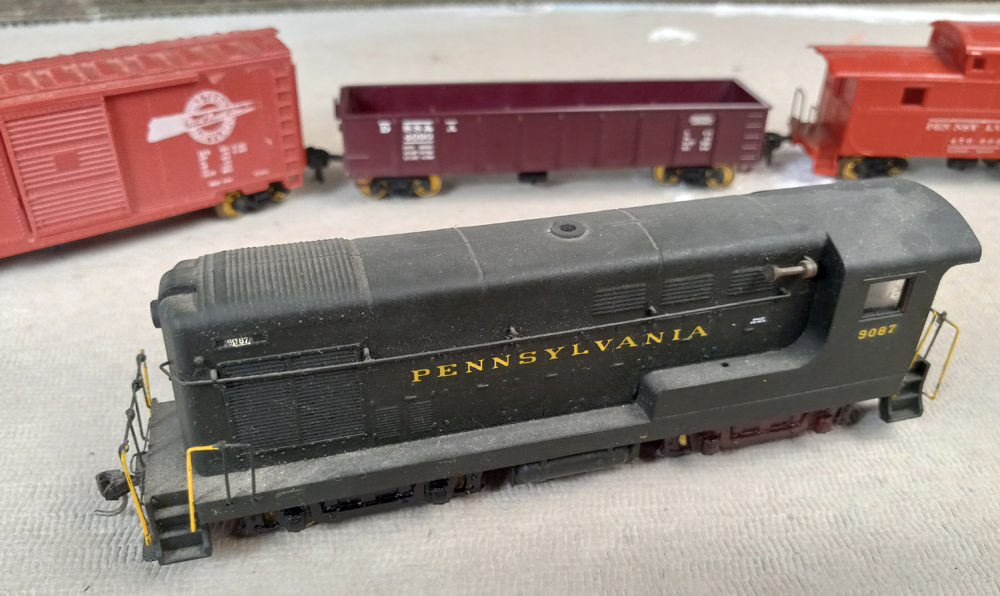
My first train set was from John English & Co. The three freight cars and caboose were pulled by a Pennsylvania Railroad Fairbanks-Morse 1200 HP switcher. These were sold in the 1954-57 time period. My Dad built a small layout (we used to call it a platform) for the train to run on. For the first few years it was set up at Christmas, but later found a year-round home in the basement. Having a PRR engine set me on a lifelong course of modeling the Pennsylvania RR.
Describe your model railroading philosophy in 6 words.
Evoking a specific time and place.
What has been your biggest modeling success?
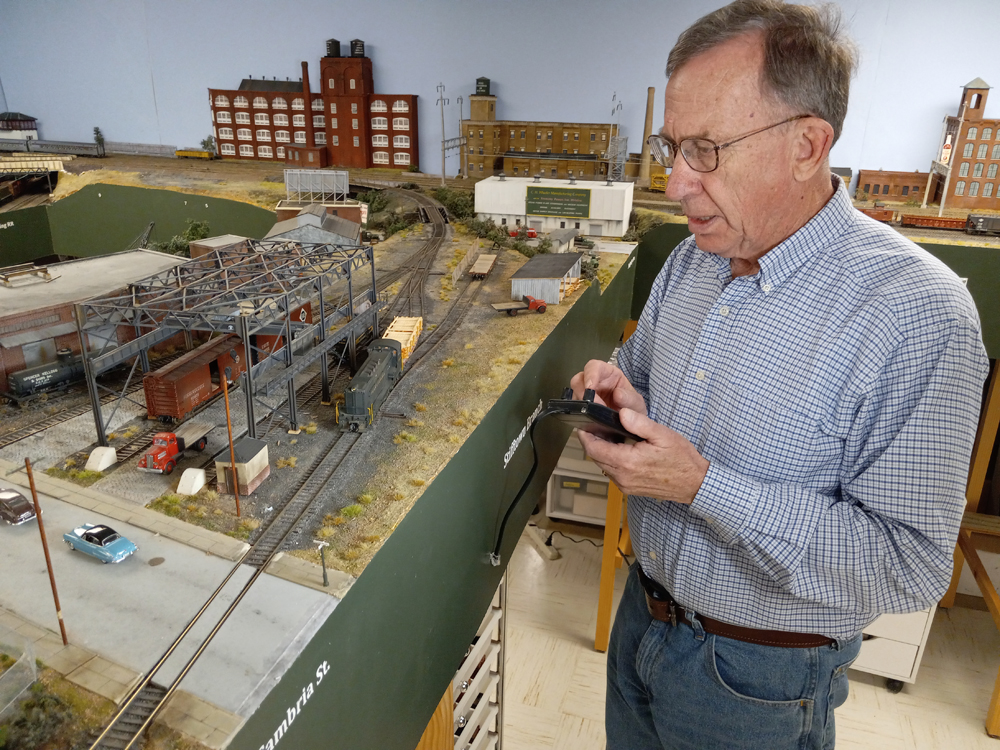
I am constructing a prototype layout depicting a portion of North Philadelphia (circa 1958) that includes the PRR mainline (Northeast Corridor) and the Chestnut Hill Branch, a commuter line (see Model Railroad Planning 2023).
All the buildings on the layout are scratchbuilt, so they truly represent what was there. This has required a lot of research from a variety of archival sources. Both the mainline and the Chestnut Hill Branch were electrified, requiring catenary. I have benefited from having an excellent teacher in Andy Rubbo (Great Model Railroads 2013) and I am slowly building all the necessary catenary. I measure my success when visitors who once lived in or were familiar with the area that I’m modeling immediately recognize the various buildings and locations. I’ve transported them back in time!
What was your biggest modeling mistake?
I make plenty of mistakes, but the most serious one was to keep adding on to my first poorly designed layout. While the additions showed the evolution of my modeling skills, they did not address the original flaws. I would have been better served to start over; after all, what was wasted was the most precious of all commodities, time.
What is your least favorite modeling task?
The electronics, although I have solved this by having an expert install my decoders.
What project(s) have you been working on recently?
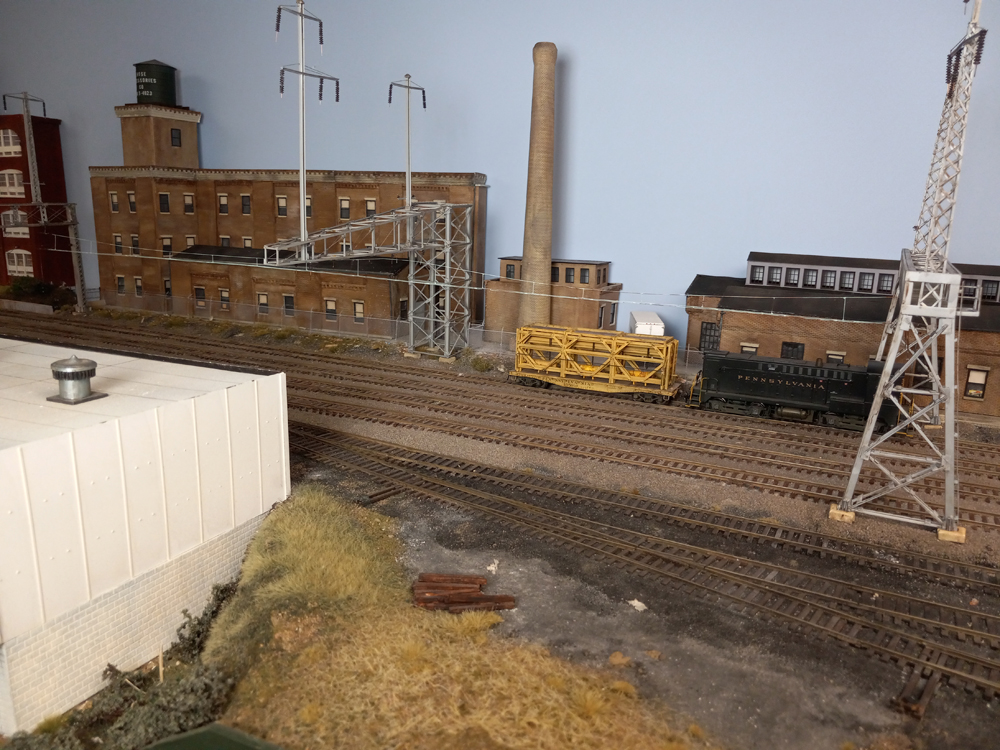
Over the past year I have spent most of my time scratchbuilding all the infrastructure necessary for supporting the overhead catenary on the PRR mainline (Northeast Corridor). For historic reasons the catenary bridges in this stretch of trackage are distinct from the familiar K-bridges found on most PRR electrified trackage. The modeled bridges are made of brass with additional detail made of styrene. Building the bridges and the catenary are tedious and demanding tasks, but the end result is well worth the effort.
What advice would you give to a new hobbyist?
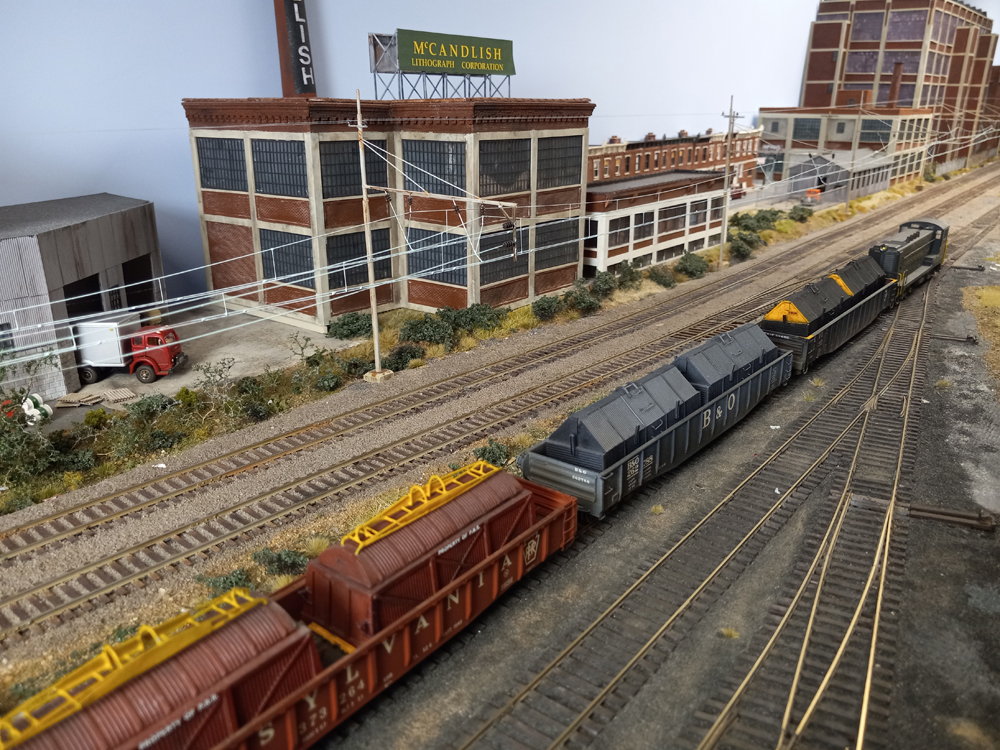
First, I would try and carefully decide what the focus of the layout would be and thereby define the scope. This sounds trivial, but it isn’t. As modelers, the lure is always to have much bigger plans than what can be accomplished either timewise or what can reasonably fit in the space available. It is much better to start with something modest in size that can be finished in a reasonable amount of time rather than a grandiose plan that will never be completed.
Second, start to scratchbuild, even a few simple things like a shed or station. Once you have a good feel for it, you can move on to more ambitious projects. There are two great advantages that accrue from scratchbuilding. The first is that you will create something that is unique. What you have on the layout is not going to be on hundreds of other layouts and will certainly set your layout apart. The second advantage is that you will learn to build things that are not commercially available. A few years ago I scratchbuilt some early coil covers that were not commercially available. It wasn’t that difficult, and they’ve been on the layout for a few years now. Had I just said “I wish someone would make these commercially available,” well, I would still be waiting.
Eastbound Chestnut Hill & Stifftown Branch PRR video
Ron also contributed to Building What’s in a Photo.






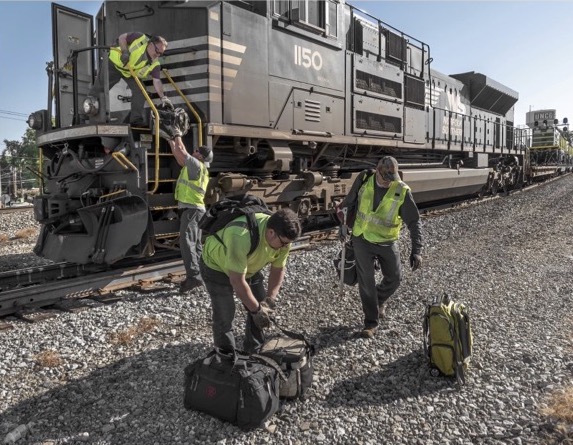
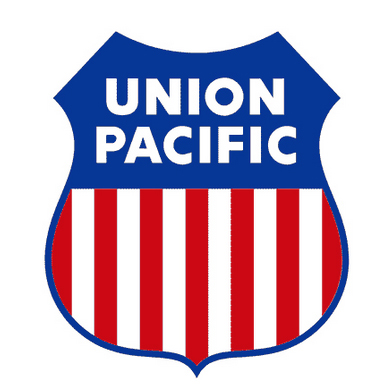
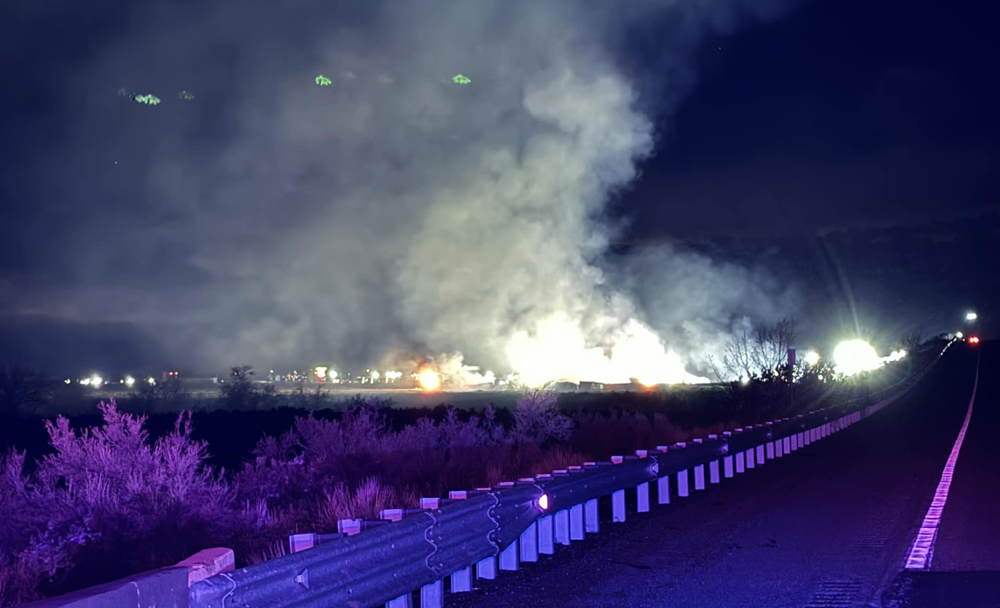
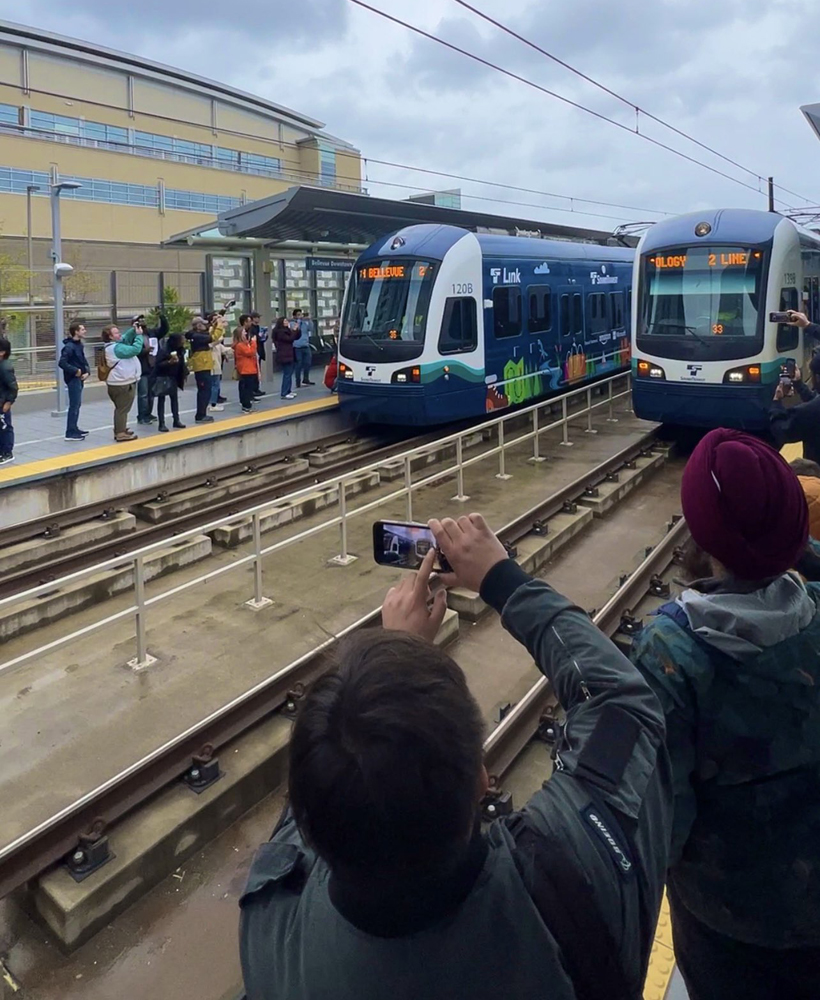




That is cool Ron!